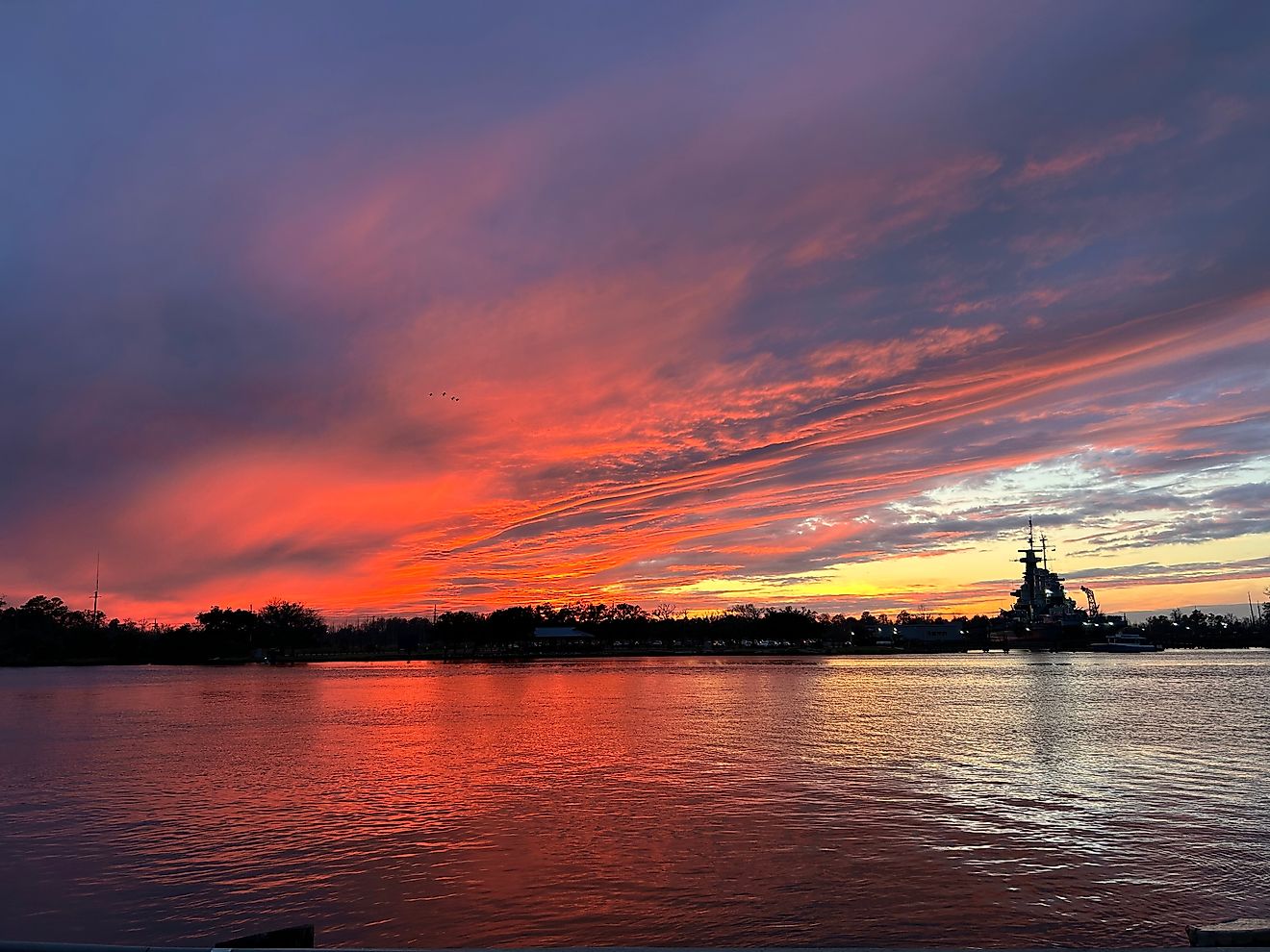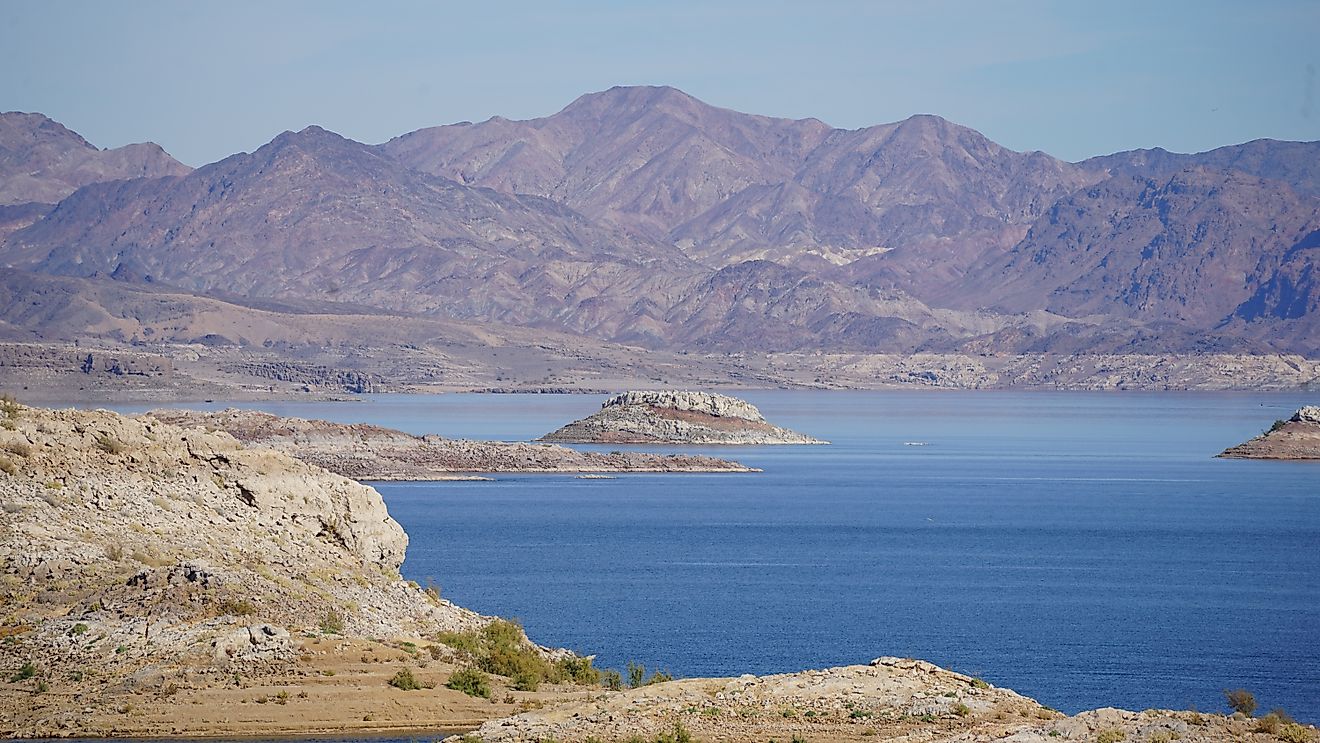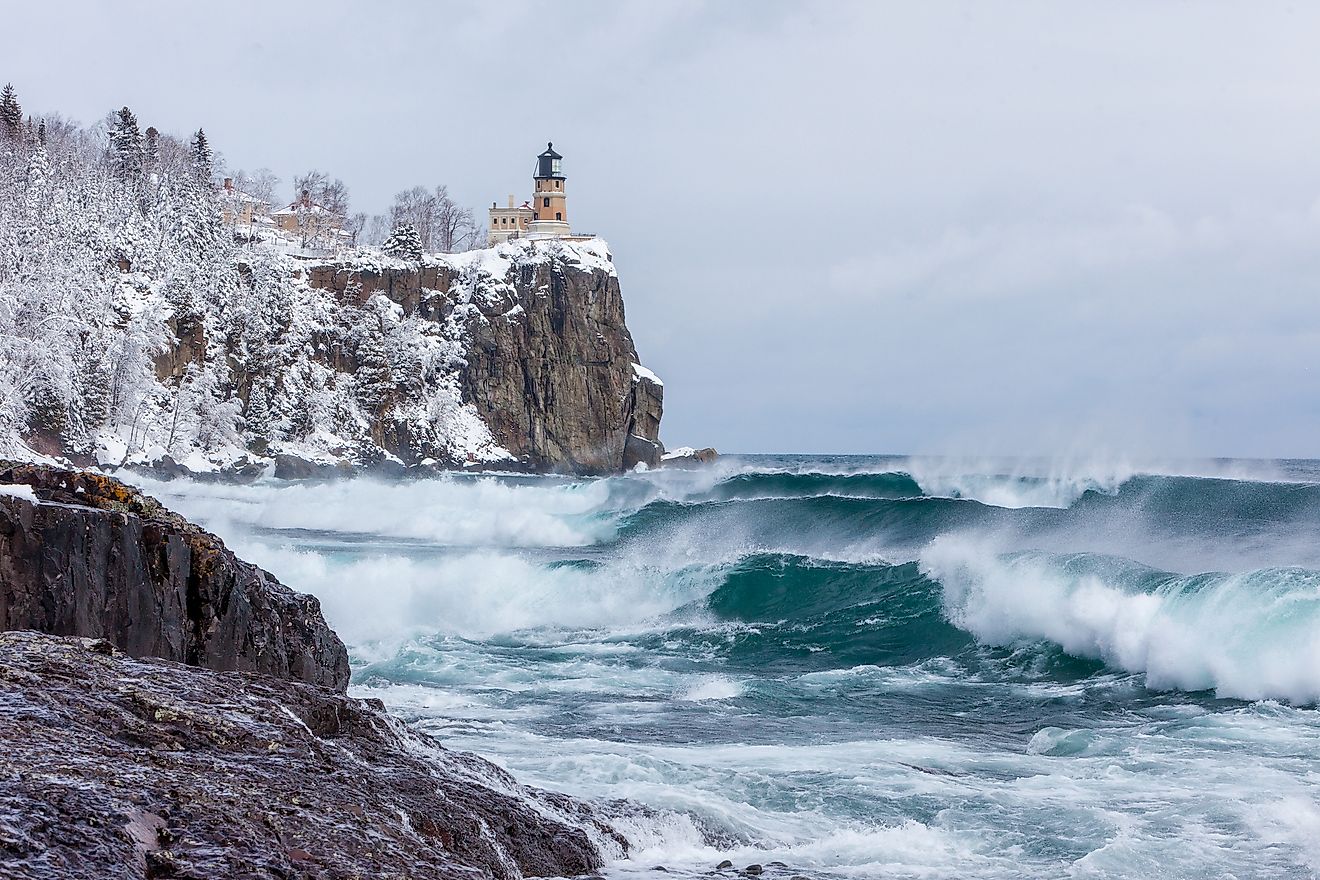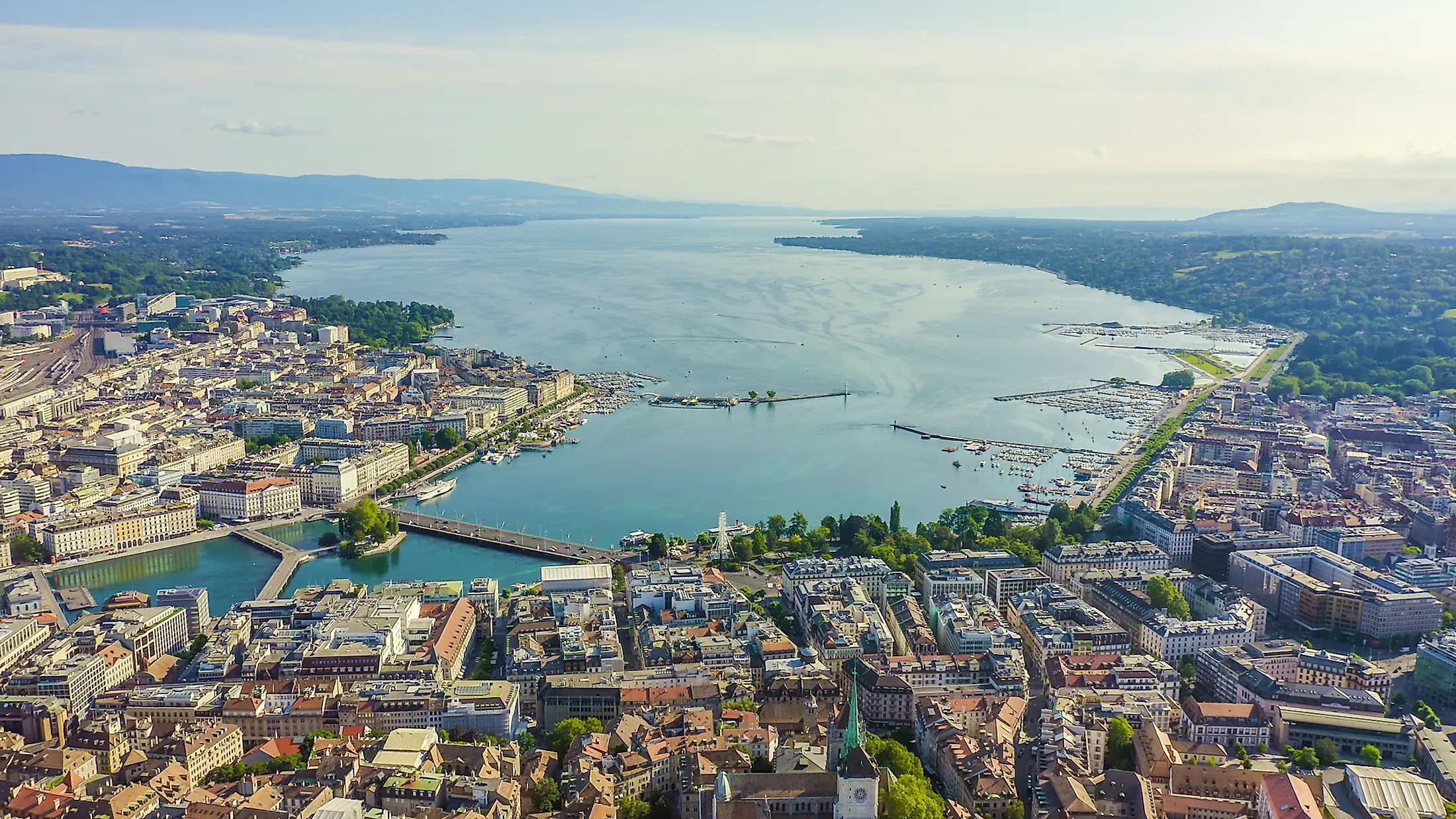
Lake Geneva, Switzerland
Covering an area of 580.03 sq. km, Lake Geneva is one the largest alpine lakes in Western Europe and the largest lake on the course of the Rhône River in Switzerland. This deep lake is geographically positioned on the northern side of the Alps, between southwestern Switzerland and southeastern France. The Classical Latin writers referred to the lake as “Lacus Lemanus”. It was also known as “Lac de Genève” in the 16th century and from the 18th century onwards the lake was referred by its French name “Lac Léman”.
Geography
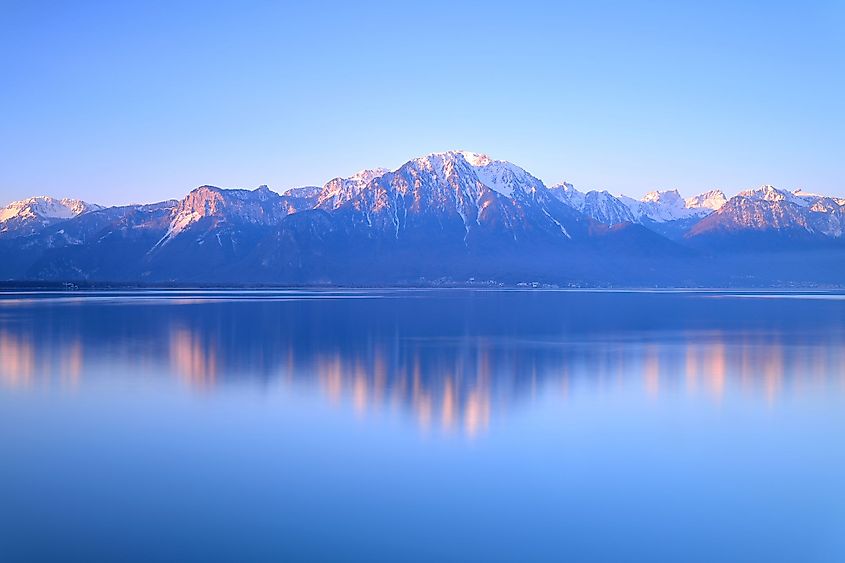
The largest portion of Lake Geneva is located in Switzerland, in the Swiss cantons of Geneva, Valais, and Vaud, occupying an area of 345.31 sq. km. The remaining portion of the lake is located in France, in the French department of Haute-Savoie, occupying an area of 234.71 sq. km. This crescent-shaped lake is situated at an elevation of 372m and has a maximum length of 73km and a maximum width of 13.5km. Lake Geneva has an average depth of 154.4m and reaches a maximum depth of 310m at its deepest point that is located in the wide portion between the French commune of Évian-les-Bains and the Swiss city of Lausanne. The northern shore is comparatively longer and measures 95km in length, while the southern shore is shorter and measures 72km in length.
The lake is located on the course of the Rhône River. The Rhône River originates from the Rhône Glacier, which is located close to the Grimsel Pass on the eastern side of the lake. The Rhône River, therefore, enters the lake at its eastern end between the Swiss municipality of Villeneuve and the Swiss village of Le Bouveret; and leaves the lake at its western end through the city of Geneva. Some of the important tributaries that drain into Lake Geneva include La Morges, La Dranse, La Veveyse, La Vuachere, La Venoge and L’Aubonne. The drainage basin of the lake culminates at Monte Rosa, which is situated at an elevation of 4,634m.
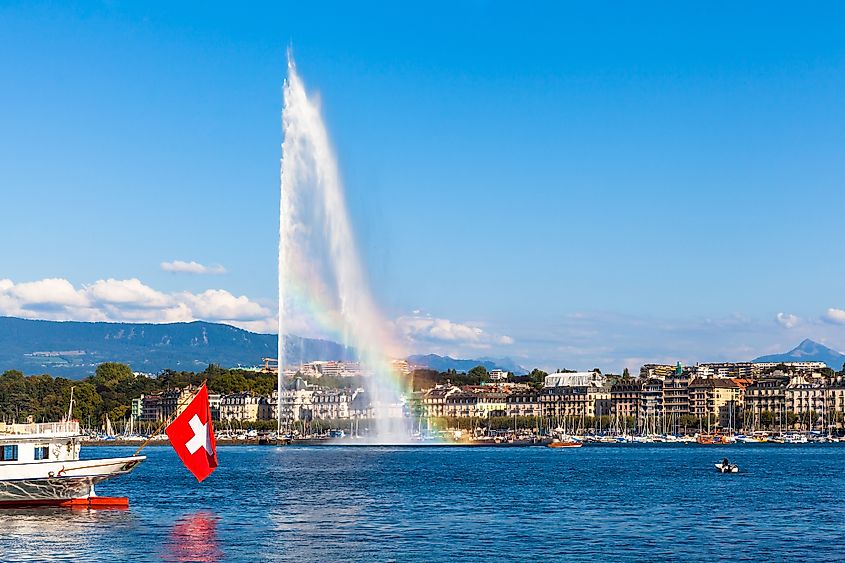
Lake Geneva is divided into three parts based on its different types of formation. These include the Haut Lac or the Upper Lake, the Grand Lac or the Large Lake, and the Petit Lac or the Small Lake. The Haut Lac, which was formed through sedimentation is located in the eastern portion of the lake from the Rhône estuary to the Meillerie-Rivaz. The Grand Lac, which was formed through tectonic folding is the largest and deepest basin. The Petit Lac, which was formed through glacial erosion, is situated in the southwestern part of the lake and is comparatively the lake’s narrower and less deep part.
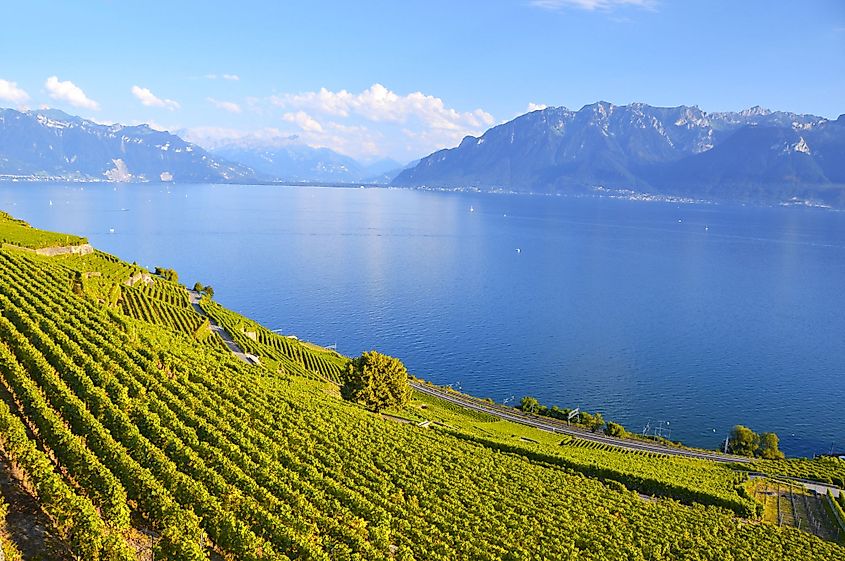
The southern shore of Lake Geneva is bordered by the Chablais Alps, while the western Bernese Alps are situated on the eastern side of the lake. The region between Vevey and Villeneuve on the eastern end of the lake has a typical Alpine character. The mountains of Valais and Savoy are rugged on the southern side, while those on the northern shore have vine-covered gentle slopes that are dotted with old castles and villages. The shore between Vevey and Lausanne is known as Lavaux and is well known for its hilly vineyards. The shore between Lausanne and Nyon is comparatively flatter and is known as La Côte.
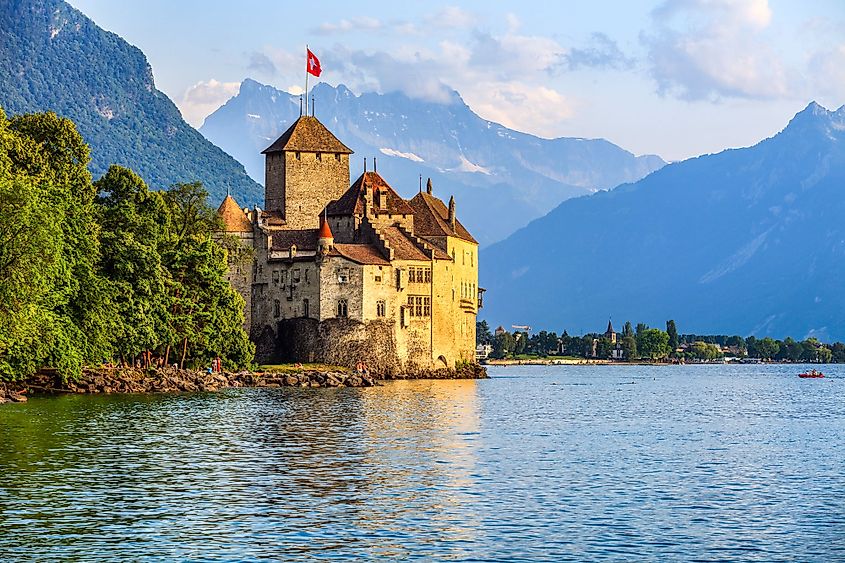
Several minute islands are situated in Lake Geneva. These include Île de Peilz, Île de la Harpe, Île de Choisi, Île Rousseau, Île de Salagnon, and Château de Chillon. The largest cities on the shores of Lake Geneva are Lausanne and Geneva in Switzerland. Some of the other notable towns that are located on the shores of the lake include Morges, Vevey, Montreux, and Nyon in Switzerland and Yvoire, Évian, and Thonon-Les-Bains in France.
Climate
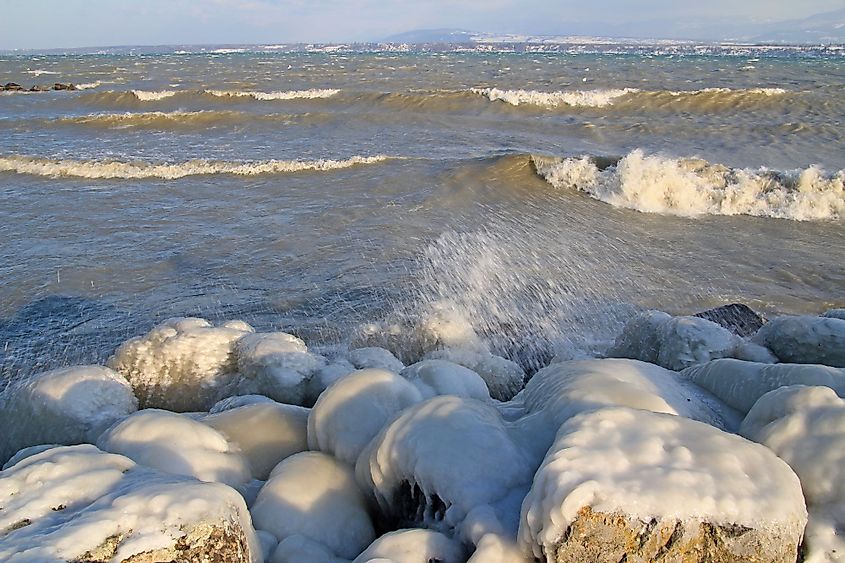
As a result of climate change, the average temperature of the surface water of Lake Geneva increased from 10.9°C in 1970 to about 12.9°C in 2016. The average temperature of the deep water of Lake Geneva increased from 4.4°C in 1963 to 5.5°C in 2016. The lake is also affected by the cold northeasterly wind Bise, which leads to severe icing in the lake during the winter season.
Ecology
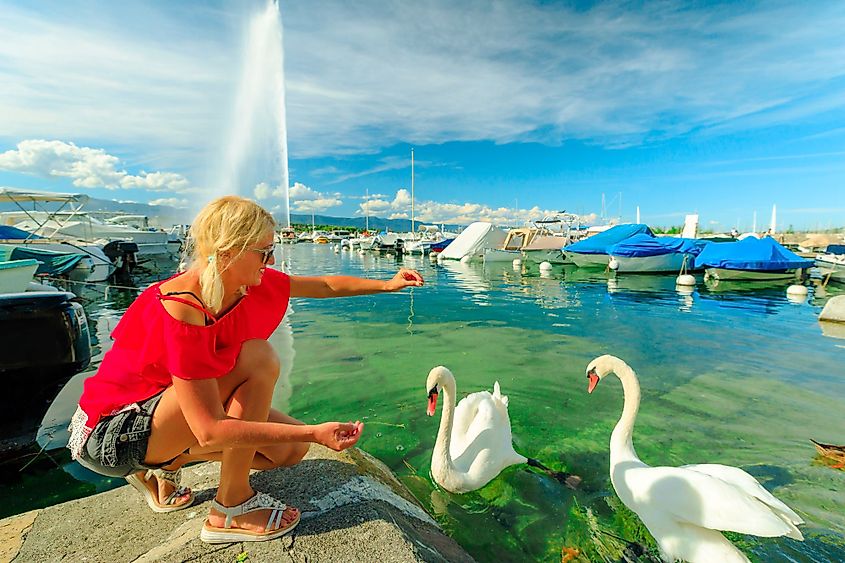
In the late 1960s, the lake was considered unsafe for swimming due to severe pollution, which led to reduced visibility under the waters of the lake. In the 1980s, the entire aquatic life in the lake was wiped out due to severe eutrophication. Currently, there has been a reduction in the pollution level in the lake and therefore it is now considered safe for recreational activities like swimming, bathing, rowing, boating, sailing, scuba diving, and windsurfing. Popular sporting activities like yacht racing also take place in the waters of the lake. Lake Geneva supports a rich avian diversity and serves as a critical breeding site for the red kites and the common buzzard.


